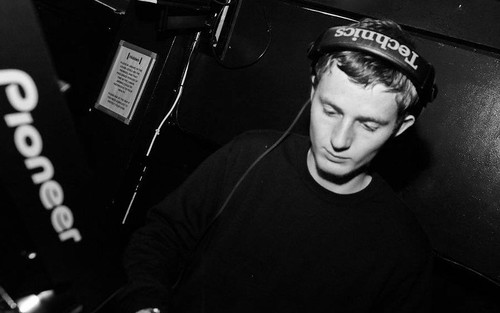Inner Geography // en creux

"...entropy, fission, infinity, hell, silence..." These are the words used by American composer Alvin Curran to describe the sound of an imaginary flight in his 1994 liner notes, accompanying a performance of Inner Cities. In the same liner notes, he muses on what sound might be like at the Earth's core, a theme which has been picked up on for the latest dispatch from Lucia H Chung's 'en creux' project, Inner Geography.
Comprised of a single, 25 minute track, the release is a gradually unfolding storm of static blasts, disorienting feedback loops and visceral sub pressure. Pulling off a single track release of this length is an ambitious task by any standard. The best examples are usually heavily improvised, such as the crumbling opener to Vladislav Delay's Visa, or Shotahirama's masterful glitch excursion, Post Punk.
The improvisational quality allows Chung to segment the release, presenting different approaches in a single work. The release is book-ended for example by sounds similar to Ryoji Ikeda's formidable, stone-wall electronics: ruthlessly precise and undeniably physical. Cleansing blasts of sub and clipping static are oddly calming despite their force. For the most part however, the release ebbs and flows like some kind of hypnagogic illusion, various segments disintegrating into one another. There is a Radiophonic Workshop feel to Chung's grating feedback loops. Sharp reverberations and swelling drones place the listener in cavernous underground settings, so vivid you can almost feel the damp air and icy stone.
Arell, the imprint which Inner Geography finds itself on describes itself as 'a label based on some simple ideas'. In many ways Inner Geography itself is based on some simple concepts (improvisation, minimalism, entropy) in thermodynamics referred to as a property's tendency to decline into disorder. As usual, the music of en creux is powerful because of its simplicity, not in spite of it.
- Published
- Aug 31, 2016
- Credits
- Words by Theo Darton-Moore
